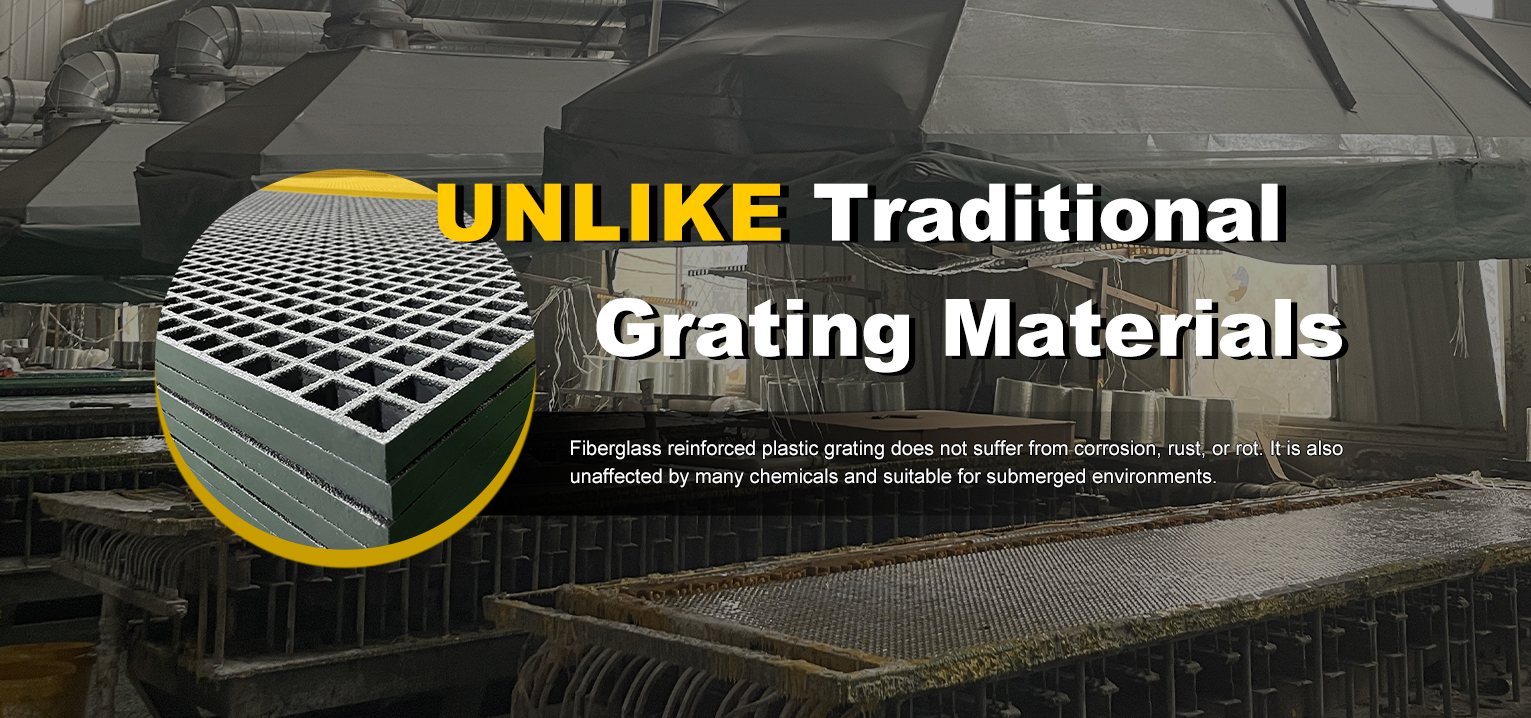loading...
- No. 9, Xingyuan South Street, Dongwaihuan Road, Zaoqiang County, Hengshui, Hebei, China
- admin@zjcomposites.com
- +86 15097380338
- Welcome to visit our website!
fiber reinforced polymer rebar
Fiber Reinforced Polymer Rebar A New Era in Construction
In recent years, the construction industry has increasingly turned to innovative materials to enhance structural integrity, sustainability, and overall performance. One such advancement is the use of Fiber Reinforced Polymer (FRP) rebar, which is transforming the way reinforced concrete structures are designed and built.
Understanding Fiber Reinforced Polymer Rebar
FRP rebar is a composite material that consists of high-strength fibers, such as glass, carbon, or aramid, embedded in a polymer matrix. This combination results in a lightweight yet extremely strong reinforcement option that stands in stark contrast to traditional steel rebar. The use of fiber reinforcement provides several advantages, including enhanced tensile strength, reduced weight, and remarkable resistance to corrosion.
Advantages of FRP Rebar
1. Corrosion Resistance One of the most significant benefits of FRP rebar is its resistance to corrosion. Unlike steel, which can rust when exposed to moisture and chemicals, FRP remains unaffected by environmental factors. This property is particularly valuable in applications such as bridges, marine environments, and wastewater treatment facilities, where exposure to harsh conditions can compromise structural integrity.
2. Lightweight Nature The lightweight characteristic of FRP rebar simplifies handling and installation. This reduction in weight reduces transportation costs and allows for easier placement by construction crews. As a result, projects can be completed more quickly, contributing to overall efficiency.
3. Enhanced Durability FRP rebar is not only resistant to corrosion but also exhibits excellent fatigue resistance. Structures reinforced with FRP can withstand repeated loads without succumbing to the weaknesses that often affect traditional materials. This durability contributes to the longevity of the infrastructure, ultimately reducing maintenance costs over time.
4. Non-Magnetic Properties In certain applications, the non-magnetic nature of FRP rebar proves advantageous. For instance, in structures that require electromagnetic sensitivity or in applications such as hospitals and laboratories, the use of FRP ensures that magnetic interference is minimized.
fiber reinforced polymer rebar

5. Sustainability As the construction industry increasingly prioritizes sustainability, FRP rebar stands out as a more eco-friendly alternative. The production of FRP materials typically results in a lower carbon footprint compared to traditional steel manufacturing. Moreover, the longevity and durability of FRP structures translate into less frequent repairs and replacements, further benefiting the environment.
Applications of FRP Rebar
FRP rebar is versatile and can be utilized in a wide range of applications. Its corrosion resistance makes it particularly suited for use in bridges, parking garages, and coastal structures. Additionally, it is increasingly being employed in traditional concrete elements such as slabs, walls, and columns in residential and commercial buildings.
Moreover, FRP technology can be applied to repair and strengthen existing concrete structures. By using FRP overlays, engineers can enhance the load-bearing capacity of aging infrastructures, extending their lifespan while minimizing downtime.
Challenges and Considerations
While the advantages of FRP rebar are significant, it is essential to acknowledge some challenges associated with its use. The initial material cost for FRP rebar can be higher than traditional steel alternatives, which may deter some project managers. However, when considering the long-term benefits and savings associated with maintenance and durability, the investment may prove worthwhile.
Furthermore, engineers and construction professionals must familiarize themselves with the unique properties of FRP to ensure its proper implementation. This includes understanding the bonding characteristics with concrete and adapting design methodologies accordingly.
Conclusion
Fiber Reinforced Polymer rebar represents a paradigm shift in construction materials, offering numerous advantages that enhance the durability, efficiency, and sustainability of concrete structures. As the industry continues to evolve, the adoption and knowledge of FRP rebar will undoubtedly grow, paving the way for a future where construction is not only more resilient but also more environmentally friendly. The potential applications of FRP rebar are vast, and as engineers embrace this innovative technology, the resilience of our built environment will only improve. Investing in knowledge and application of FRP rebar today can lead to stronger, safer, and more sustainable structures for tomorrow.
-
The Rise of FRP Profiles: Strong, Lightweight, and Built to LastNewsJul.14,2025
-
SMC Panel Tanks: A Modern Water Storage Solution for All EnvironmentsNewsJul.14,2025
-
GRP Grating: A Modern Solution for Safe and Durable Access SystemsNewsJul.14,2025
-
Galvanized Steel Water Tanks: Durable, Reliable, and Ready for UseNewsJul.14,2025
-
FRP Mini Mesh Grating: The Safer, Smarter Flooring SolutionNewsJul.14,2025
-
Exploring FRP Vessels: Durable Solutions for Modern Fluid HandlingNewsJul.14,2025
-
GRP Structures: The Future of Lightweight, High-Performance EngineeringNewsJun.20,2025
